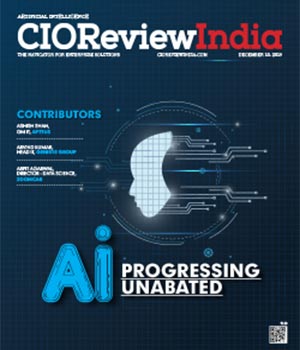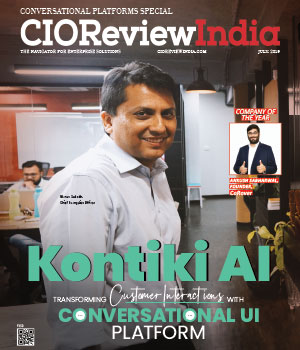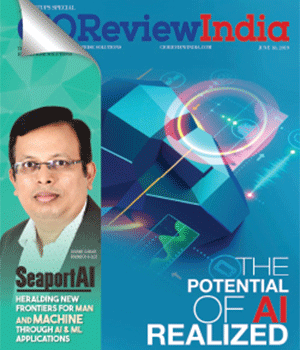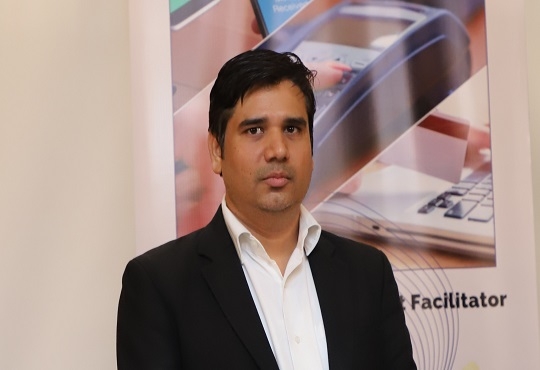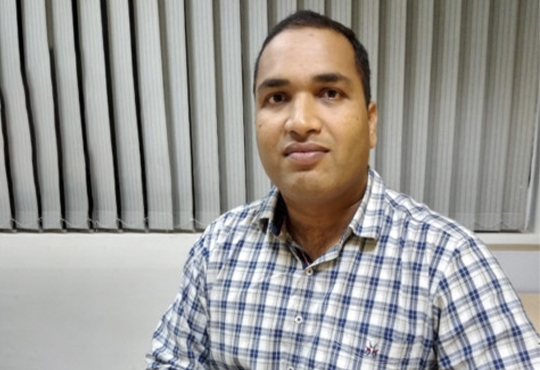
Andhra using AI to control electricity purchase costs
CIOReviewIndia Team | Monday, 05 April 2021, 05:56 IST
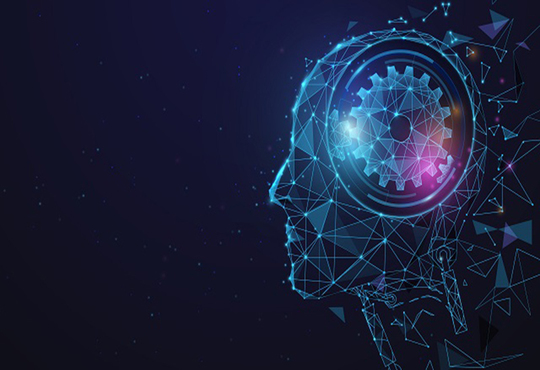 Last year, as the country began grappling with the Covid-19 pandemic, the Transmission Corporation of Andhra Pradesh (APTransco), the state’s electric power transmission company, adopted a new method to cut the growing cost of electricity in the state. Power purchases from the open market account for 80 per cent of the cost burden of the power sector.
Last year, as the country began grappling with the Covid-19 pandemic, the Transmission Corporation of Andhra Pradesh (APTransco), the state’s electric power transmission company, adopted a new method to cut the growing cost of electricity in the state. Power purchases from the open market account for 80 per cent of the cost burden of the power sector.
Hence, accurately predicting the demand for power the next day is critical to controlling costs. For the past 20 years, APTransco had been relying on manual methods to estimate the demand for power the next day. In this method, the load dispatch operators would estimate the demand depending on such factors as the season, the weather and holidays. A lot depend on the current day’s demand. ”Suppose the demand was 9,000 megawatts at 6pm on aparticular day. It could be predicted to be of the same quantum the next day, with a maximum accuracy of 90%,” said srikant Nagulapalli, Andhra Pradesh secretary of energy.
AP State Load Dispatch Centre (SDLC) officials knew that a digital model could enhance the accuracy power consumption forecasts, thereby reducing the power purchases from the open market and bringing down tariffs.
Forecasting electricity demand forecast is a big task for LDCs, which need to prepare for the purchase or sale of power daily. A load-demand mismatch leads to over-or underdrawing from the national grid, which entails heavy penalties and sometimes leads to power cuts as well.
In AP, the SLDCs decided to leverage technology to solve the problem. They began by Making a list all the factors that would influence the energy consumption in the state, such as sunrise and sunset patterns, rainfall, and humidity.
Data on all these parameters for the last three years Was collated, including demand scenarios during the lockdown and subsequent unlocking, to build a forecasting model based on Ai and machine learning. Google's open source platform, TensorFlow, was used to build the model, which would yield precise estimates of day-ahead energy demand in megawatts every 15minutes.
Day-ahead predictions become critical, as they have implications for how much electricity should be generated in coal plants and how much power should be purchased through the open market. The 24hour forecast is also important,as the day is divided into times slots 15 minutes each, with 96 time blocks.
If the forecast is accurately done for each block, as is done by this AIML model, then the exact amount of electricity required the next day can be dispatched every l5minutes from each generating station. Hence minimising power purchase costs and reducing wastage.
"If the forecast is not known, then our planning will go haywire and cost will increase, " said Nagulapalli.
APTransco has come up with several versions of this model over the past year. The most advanced one is Dove6, Which has an accuracy of 97%. As a result the state, Which consumes 30,000crore worth of power annually, is able to save anywhere between 2lakh and 3crore a day by buying and 3crore a day by buying and transmitting the right amount of electricity.
Work is also underway to enable the state to use the state to use this model for other day-ahead forecasts, including for wind energy, solar energy, and for predicting market prices, said Nagulapalli.
Since 25% of the state's electricity demand is met by renewable sources, a wind and solar energy forecast model becomes necessary. He also foresees this model being used for price forecasting, which plays an important role for power generators and distribution companies, as they rely on this information to develop their bidding strategies. If a power generator has an accurate forecast of the prices, it can develop a bidding strategy to maximise profit.
“We are also willing to partner with start-ups and companies which can commercialize this model,” said Nagulapalli. The company, he adds will add more data in the future to fine-tune the model’s accuracy beyond 97%.
CIO Viewpoint
Harnessing the Power of AI and ML for Business...
By Vinod Subramanyam, Managing Director, Brillio
The Key to Achieving Real-time AI: Optimizing...
By Mukundha Madhavan, APAC Tech lead, Datastax
Smart Payment Solutions: The Role of AI and IoT...
By Manoj Varma, Head - Payments, Lyra Network, India
CXO Insights
Navigating the Ethical Frontier: Transforming...
By Varun Shah, Software Development Manager, Amazon Services LLC
AI and Sustainability Forge the Future of Tech...
By Ajeya Motaganahalli, VP - Engineering, and MD, Pure Storage India
Maximizing Customer Satisfaction with AI-Driven...



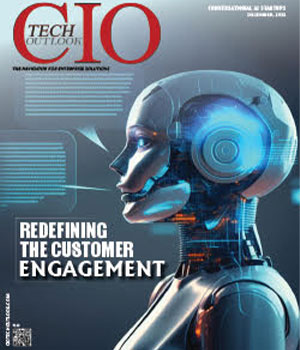
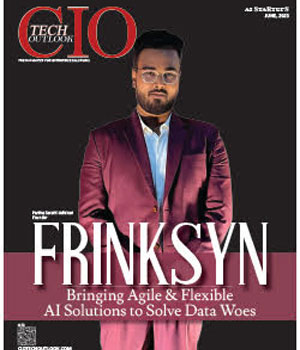
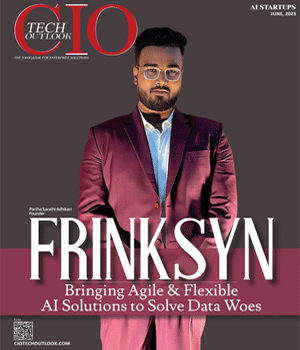
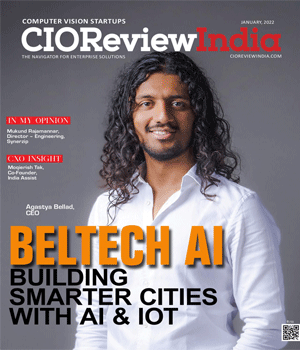

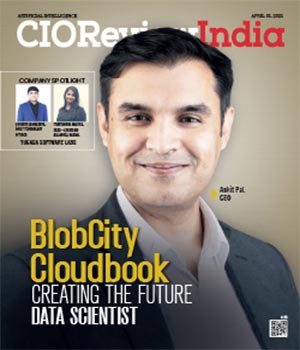
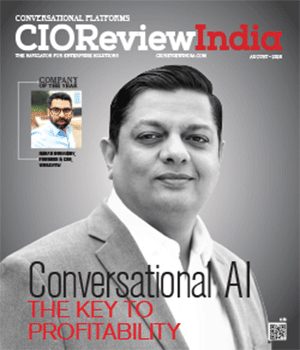
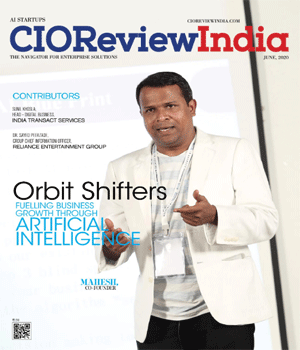
.jpg)
.jpg)
.jpg)
